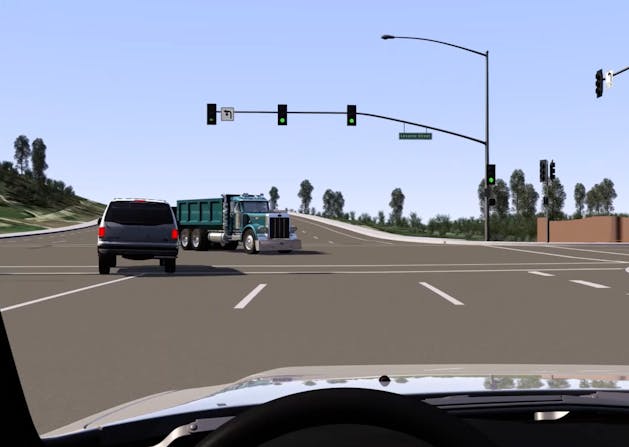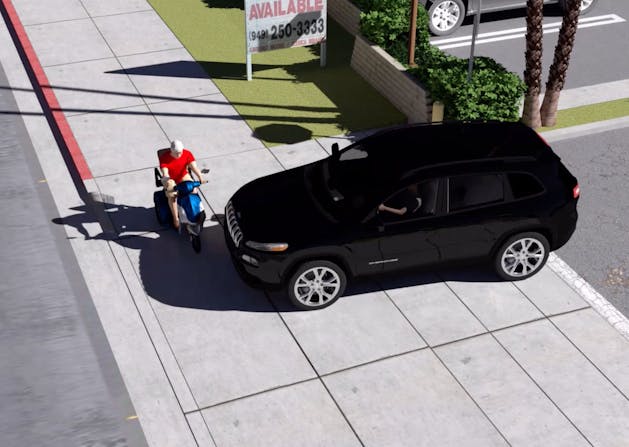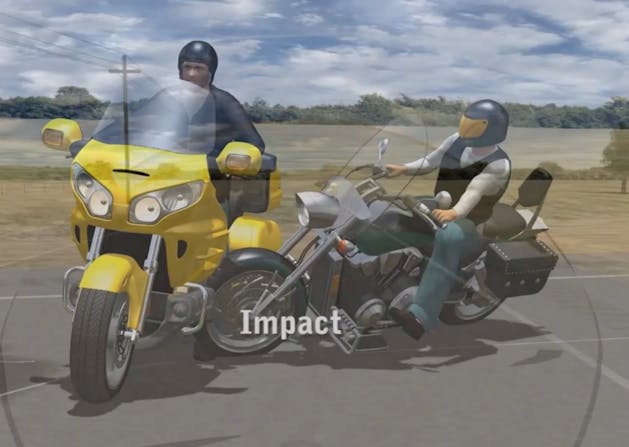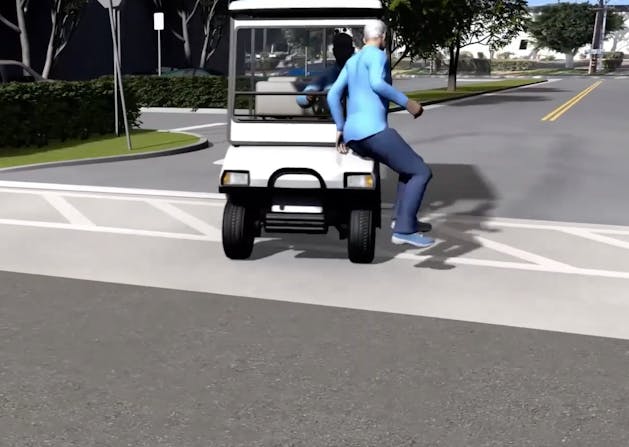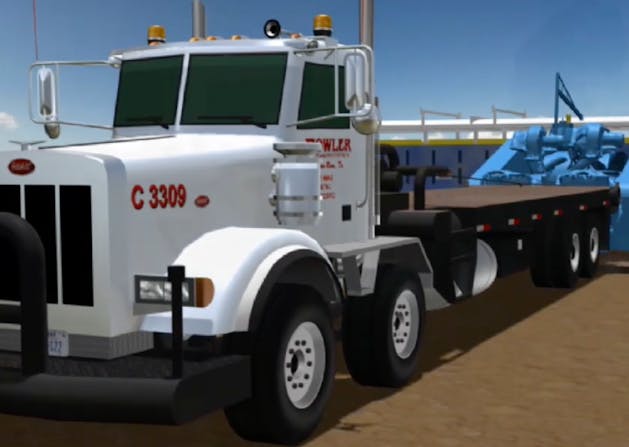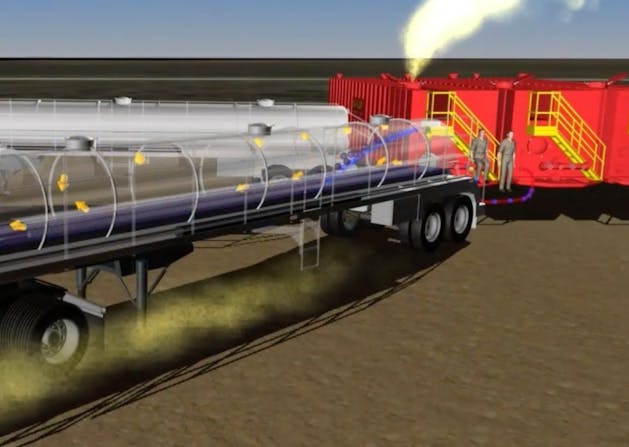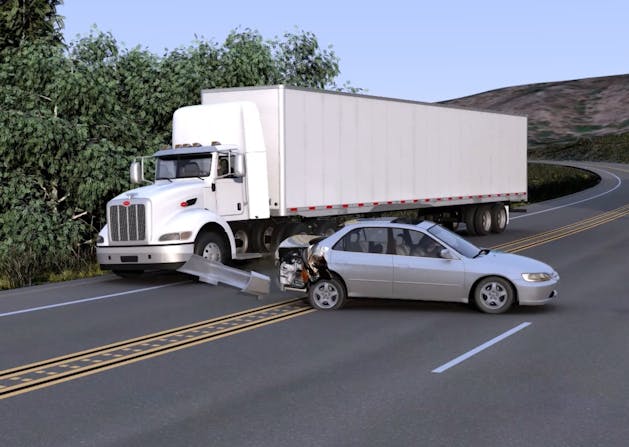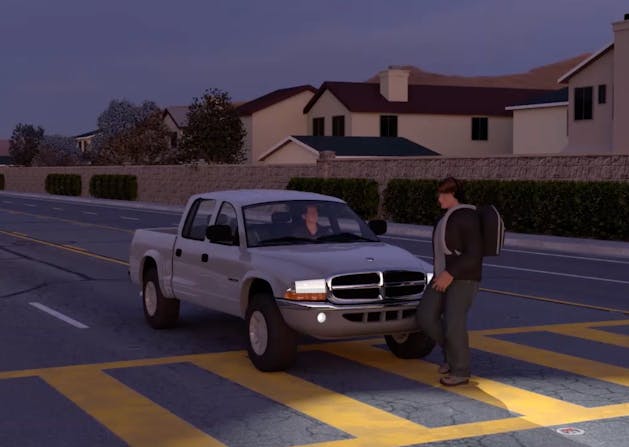Accident Reconstruction
Watch Video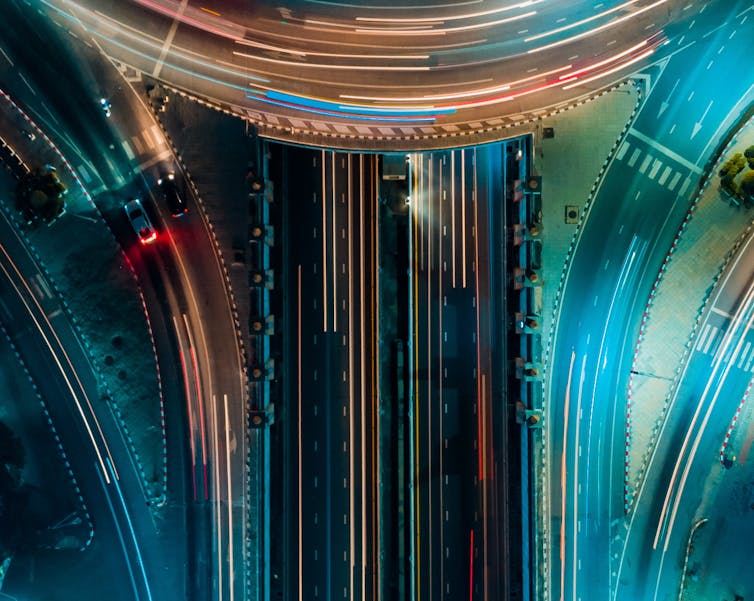
Founded on
physical evidence.
Aperture’s Accident Reconstruction teams provide industry-leading accident analysis. Our teams provide services ranging from a desktop review to complex sequence analysis involving any number or type of vehicles. We strive to get the right answer to the right person at the right time, communicating our findings with an on-scene phone call or employing scientific exhibits or 3D models and computer animations to a jury.
Our teams are poised to respond to any accident anywhere and at any time. Aperture has Rapid Response Teams available 24 hours a day and 7 days a week. While speed can be critical, in depth, scientific analysis takes time, and this race is not always won by the swift. Our accident reconstruction teams are equipped to analyze data that may exist from more aged crashes using drones, laser scanners and photogrammetry to bring aged evidence into a current, state of the art analysis. Our teams are built to plumb the depths of sources that might yield data long since thought lost.
Aperture’s Science
Our process is fact driven. While this science is still driven by physical evidence found on a vehicle or road surface, Aperture Experts stay at the forefront of gathering and evaluating, passenger car and commercial vehicular download data, personal device data, video images, fleet and driver tracking software to stay current with today’s ever changing and ever growing list of digital data sources.
Aperture’s tried and true process applies to a wide range of incidents and a long list of vehicles. Look to Aperture when you need an analysis of an incident involving any kind of vehicle including:
Private Passenger Cars
Commercial Vehicles
Tractor Trailers
Straight Trucks
Passenger Busses
Trains
Construction Equipment
Cranes
Warehouse equipment
Lift trucks and Forklifts
Agricultural Vehicles and Equipment
Motorcycles, Bicycles and Scooters
E-bikes
Recreational Vehicles
Motor Homes
ATVs/UTVs
Snowmobiles
As the data we gather continues to evolve, so too does the equipment we use to gather it. Staying at the front of this science requires a companywide commitment to keeping abreast of the equipment needed to gather today’s information available from modern data sources. That same commitment to gathering data is applied to its analysis and presentation. Aperture employs the state-of-the-art programs for evidence documentation, sequence analysis and opinion presentation. Those programs provide the basis for 2D diagrams used to map evidence and crash sequences founded on evidence and tried and true scientific calculation. A modern accident investigation produces millions and sometimes billions of data points which provide a rich environment within to analyze a sequence, its evidence or the images which captured it. Full scale simulations are employed to dig deeper into an analysis including analyses of the inputs and decisions that may have preceded a crash. That same work can be used to evaluate the severity of the crash through an examination of changes in speed (deltaV) and force directions (PDOF). Our methodology means your evidence will be available when you need it. With our size, we have the latest data preservation technology, and a long view aimed at understanding the meaning of that data at each case milestone. That means when you have a case where immediate data collection and preservation is paramount, Aperture is poised to assist immediately after an incident, and strong enough to be there later, when an Accident Reconstruction analysis is required.
Aperture’s Truth
Accident result from a failure associated with a Human, a Vehicle or the Environment in which it occurred. While Aperture’s experts are trained to evaluate the crash sequence, our analyses can also include an evaluation of the Human Factors so that driver decisions and inputs can be understood within the context of the evidence and accident reconstruction science. Understanding the crash precedes any understanding of the vehicle and its components performance. Vehicle lighting, vehicle structural performance, occupant protections systems, crash avoidance mitigation systems and on-board cameras might all merit evaluation, and Aperture’s team has the people with the expertise to communicate the details of a sequence analysis needed to understand component performance.
We are not alone. Aperture’s service lines include Digital Forensics and BioMechanics. Our teamwork means these service lines which can be critical to fully understanding an event and its impact on the people in it, are not just available to us, but integrated into both our analysis and our ability to include our service line partners in our analysis and opinion presentation.
No website list can ever fully capture everything that goes into an accident reconstruction. But a list can help an interested party connect their interest in understanding an event with Aperture’s ability to address that interest. Aperture can develop, analyze or deploy, photographs, 3D laser scanning, aerial drones, traditional forensic mapping equipment, lightbulb analysis, and signal light timing analysis, and we will gather video ranging from security systems or in-vehicle camera installations.

Our Capabilities
2D analysis
3D analysis
3D scanning – scenes
3D scanning - vehicles
Aerial drone deployment
Client consultation
Computer animations
Computer aided drafting map creation
Computer simulations
Construction area traffic controls
Electronic (CDR) data collection from passenger cars
EDR data collection from commercial vehicles, ECMs, Control Modules, Radar Units, Crash Avoidance technology devices
Expert testimony
Fleet Safety Management
High-definition laser surveys
Human factors including perception-reaction time analysis
Impact severity and force calculations
In car camera data collection
Instrumented crash tests
Lighting analysis
Rapid Response
Report writing
Roadway design
Roadway maintenance
Security video collection
Scene evidence data collection
Sequence calculations
Signs and warnings
Visibility testing and demonstration
Vehicle codes and roadway regulations
Video and security video analysis
Your Experts
The power of our collective is unmatched, and we are a force beyond compare.



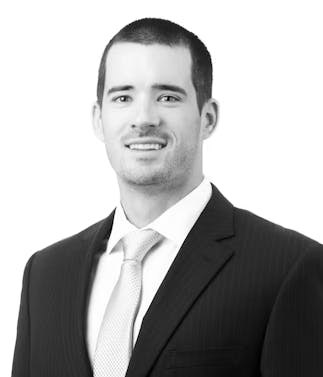






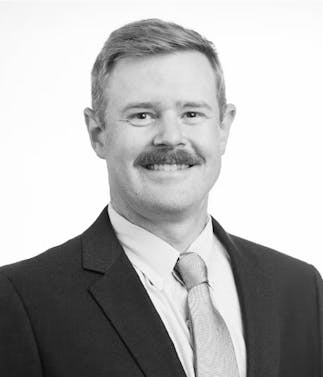
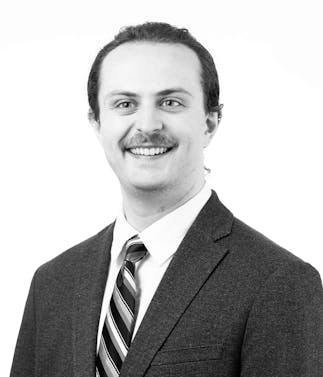

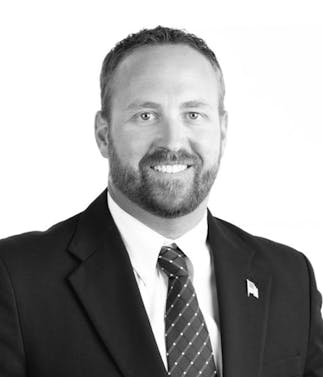

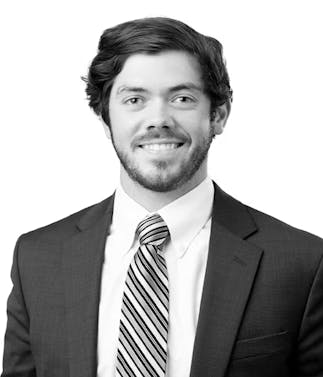


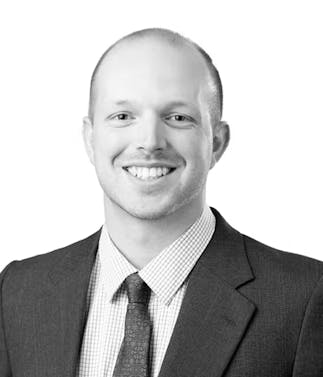




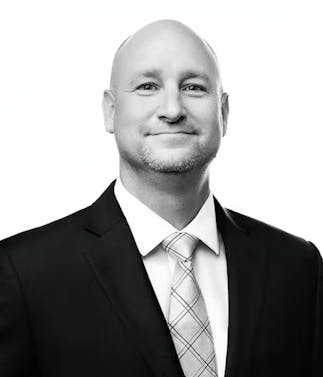




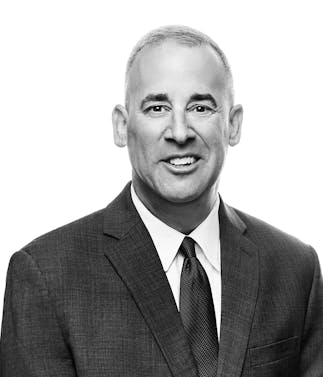


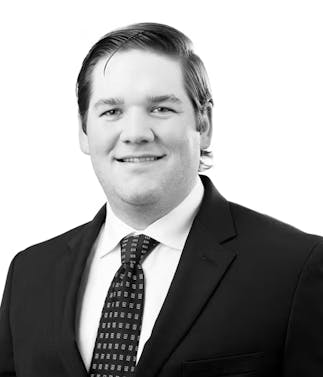
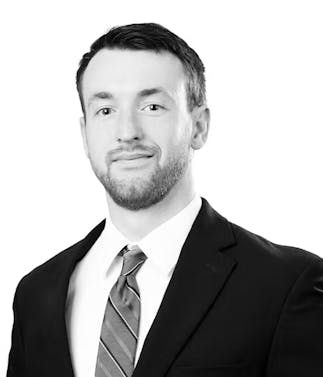
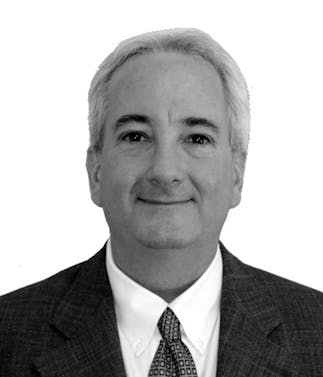







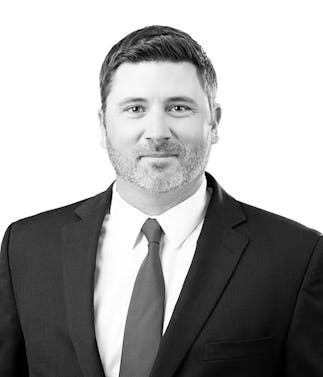

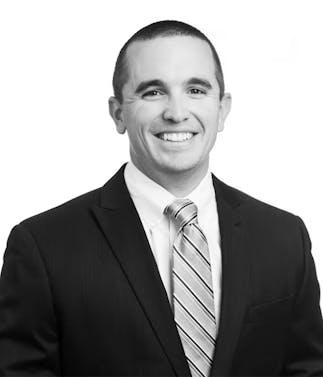


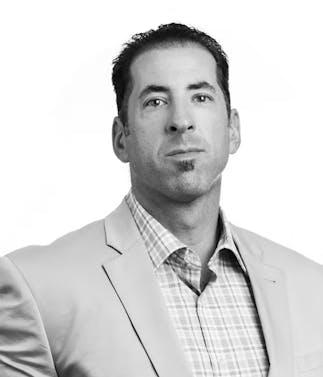




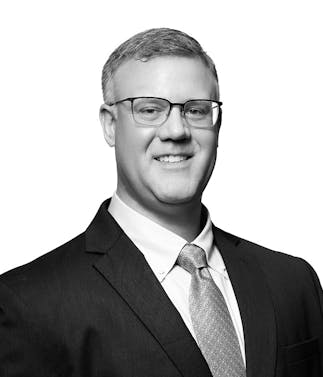

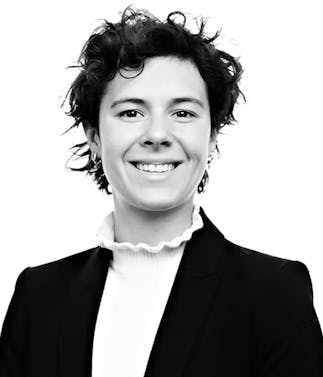

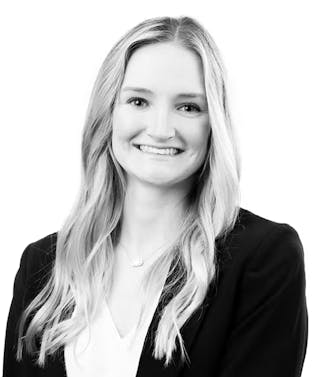


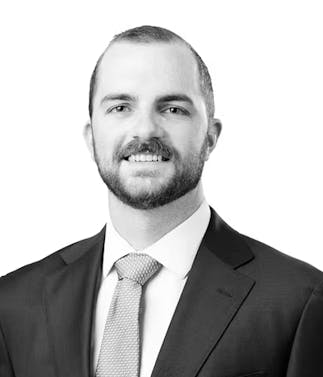

Relevant Insights
This study presents a parametric investigation into the biomechanical effects of various neck and back support/cushion/pillow devices during low-speed impact exposures. A series of 54 simulated low-speed rear impact tests were conducted using a validated remote-controlled crash sled system and utilizing an instrumented BioRID II rear impact anthropomorphic test device (ATD).
An investigation of Elderly Occupant Injury Risks based on Anthropometric Changes compared to Young Counterparts
This paper presents an analysis on the position of driver eye height as a function of their standing height, weight, biological sex, seat back angle and seat bottom angle. Typically, eye heights are estimated based on standing height, or measured from a rigid seated position with a vertical seat back.

